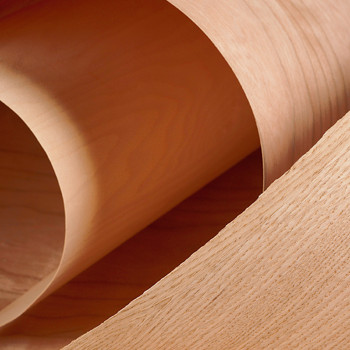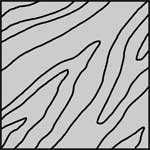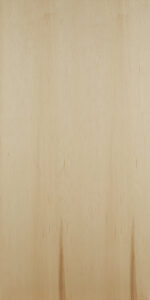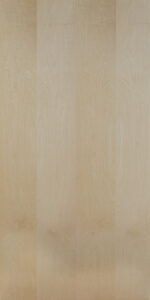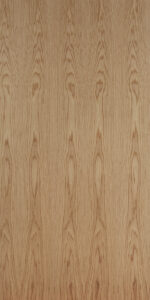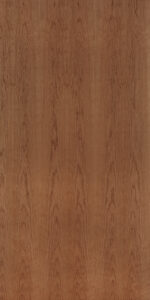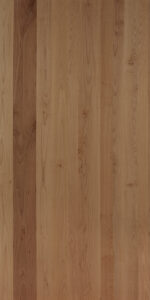Columbia Forest Products is the largest manufacturer of rotary hardwood veneer in North America. Specializing in Northern Appalachian hardwoods, veneers from 1/28″ to 1/42″ in thickness are produced for both domestic and export markets.
The leading supplier of hardwood veneer in North America
ANSI/HPVA defines veneer as “a thin sheet of wood, rotary cut, sliced, or sawed from a log, bolt or flitch.”
Birch, red oak, maple, ash, poplar, cherry and other species of fancy veneer are supplied throughout the decorative plywood, furniture, cabinetry, door and profile-wrap industries.
Types of Veneer
Whole Piece Veneers
Continuous pieces of veneer peeled from a log using a rotary process.
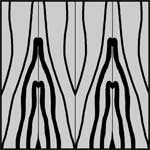 Book Matched Veneers.
Book Matched Veneers.
Every other strip of veneer is turned over. This produces a grain pattern that is matched at the veneer joint.
 Slip Matched Veneers.
Slip Matched Veneers.
Each strip is laid out side by side (without turning over). This produces a repetitive pattern.
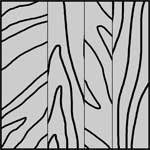 Spliced Veneers.
Spliced Veneers.
Composed of several pieces of veneer varying in width that are glued together to form a whole sheet. The way they are laid out determines the final look of the veneer.
Top Species
- Maple
- Birch
- Red Oak
- Cherry
- Alder
Veneer Species Guide – Columbia Forest Products
Veneer Grades
- Select Veneer is composed entirely of heartwood or sapwood and is matched for both grain, pattern and color.
- Uniform Veneer is also composed of entirely heartwood or sapwood, but is matched for color only.
- Natural Veneer is composed of both heartwood and sapwood and is generally less expensive than select or uniform veneers.
- Paint Grade Veneer has a smooth enough finish so none of the wood grain characteristics show through the paint.
- Stain Grade Veneer is meant to take a clear or tinted stain and still show the natural characteristics of the wood.
How Veneer is Cut
Rotary Cut VeneersEntire log is peeled producing a continuous ribbon of veneer. |
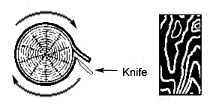 |
Plain Sliced VeneersLog is cut in half lengthwise. Each half is then sliced lengthwise producing a veneer with a unique grain pattern. |
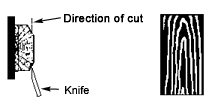 |
Rift Sliced VeneersLog is cut into quarters lengthwise then sliced at a 90-degree angle to the grain. This produces a fine pencil stripe effect. Both plain and rift sliced veneers are reserved for high-grade “fancy” panels. |
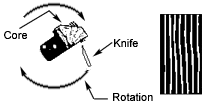 |
Half Round Sliced VeneersThis is a variation of rotary cutting. This effect results from the log being mounted off center in the lathe so only one side of the log is sliced at a time. |
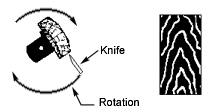 |
Quarter Sliced VeneersThe quarter log is mounted so the growth rings strike the cutting knife at right angles. This produces a series of stripes in the veneer. |
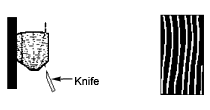 |





